
|
Science is extraordinary. It enables us to discover something new day after day. One unlikely thing that we wouldn't expect to discover though, is a new pigment, which has been described as near-perfect blue. Take a look: |
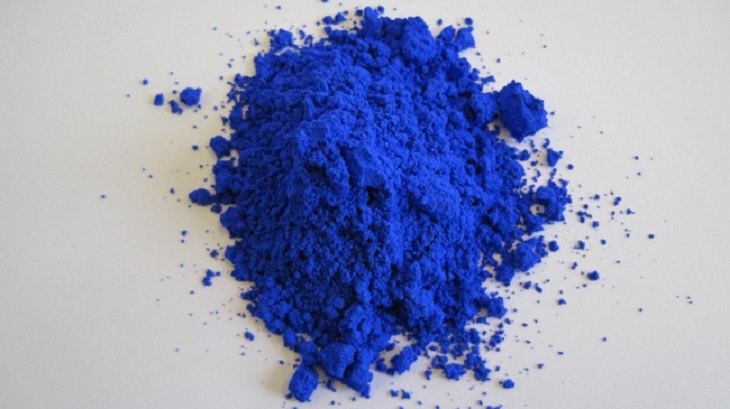 |
|
The accidental discovery was happened upon in a laboratory at Oregon State University. Consequently, it solved a quest that has been sought after for thousands of years by the ancient Egyptians, the Han dynasty in China, the Mayan cultures and many more. In fact, much of recorded human history shows that people around the world have sought inorganic compounds that could be used to paint things blue. However, they seem to have had little success as most had environmental or durability issues. For instance, the cobalt blue color that was developed in France in the early 1800s can be carcinogenic, while Prussian blue can release cyanide. In addition, other blue pigments are not stable when exposed to heat or acidic conditions. But at the OSU, they discovered new compounds based on manganese that should address all these health and environmental concerns. 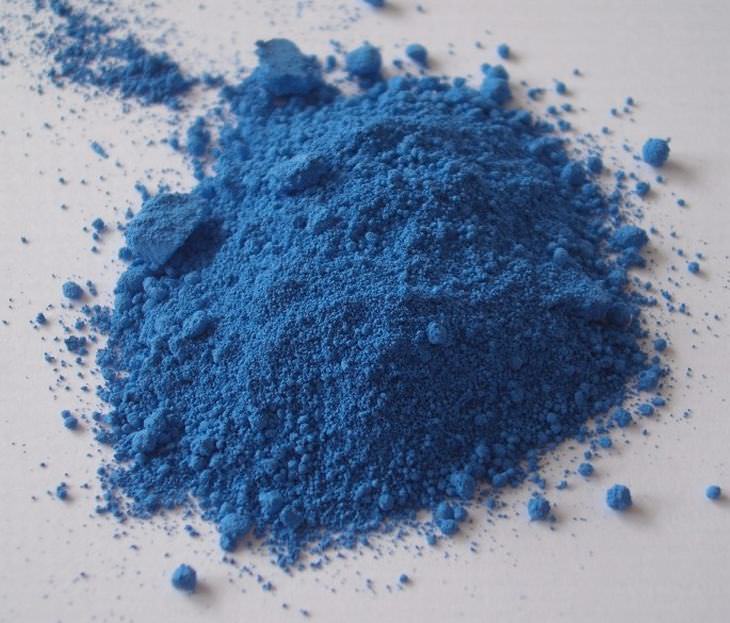
A former blue pigment that doesn't quite match up: Cobalt blue Therefore, not only are they safer to produce, they are more durable and should lead to more environmentally benign blue pigments than any that have been used in the past. They can also survive at extraordinarily high temperatures and don't fade after a week in an acid bath. "Basically, this was an accidental discovery," said Mas Subramanian, the Milton Harris Professor of Materials Science in the OSU Department of Chemistry. " We were exploring manganese oxides for some interesting electronic properties they have. Our work had nothing to do with looking for a pigment. Then one day a graduate student who was working on the project was taking samples out of a very hot furnace while I was walking by, and it was blue, a very beautiful blue,” he said. “I realized immediately that something amazing had happened.” According to the researchers, what had happened was that at about 1,200°C (about 2000°F) the manganese oxide turned into a vivid blue compound that can be used to make a pigment that is able to resist both heat and acid, as well as be environmentally benign and cheap to produce from a readily available mineral. It has even been hailed as the newest and best blue pigment in world history. 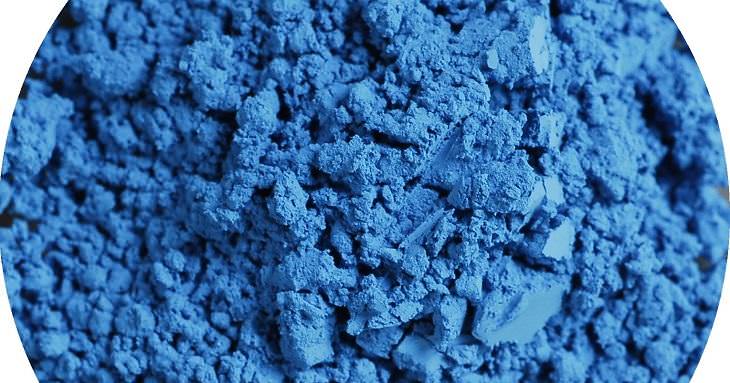
Another previous pigment: Cerulean blue But, what's next for this stunning shade of blue? The pigment will likely find uses in everything from inkjet printers to automobiles, fine art and also house paint. To conclude, Subramanian said that “a lot of the most interesting discoveries are not really planned. There is luck involved, but I also teach my students that you have to stay alert to recognize something when it happens, even if it isn’t what you were looking for. Luck favors the alert mind.” |

20 Animals We’ve Just Discovered in the Past Decade
Of all the animals discovered during the 2010's, these 20 are the coolest, starting with a tiny chameleon and ending with a really creepy wasp
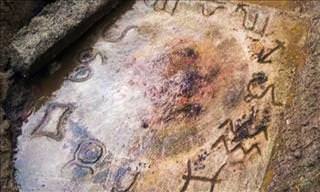
These Discoveries Truly Baffled the People That Made Them
Certain discoveries defy all convention and shock everybody, and these five are no exception. Take a look.

New Study: Does Viagra Protect Against Alzheimer's?
This 2024 study finds fascinating evidence linking sildenafil to the prevention of Alzheimer's disease

New Study: Are Dogs Even More Intelligent than We Thought?
New study sheds more light on canine intelligence, making some fascinating discoveries.
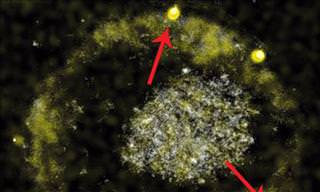
These Bacteria Can Turn Toxic Metal Compounds Into Gold
Scientists have discovered the process that a bacteria uses to change toxic metals into gold nanoparticles. Discover the amazing findings here.
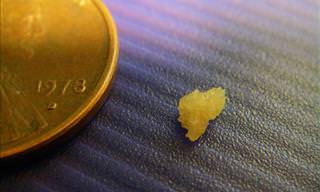
Could This Research Consign Kidney Stones To History?
Researchers have discovered that a compound found in fruit can be used effectively for preventing and treating kidney stones. Read on to find out more.

These Optical Illusions Will Shock Your Mind!
Optical illusions create miscommunication between our eyes and brain making, us see things that are not really there or not see things that are right in front of us. See for yourself.
 5:07
5:07
The Magical Geometry of Crystals and How It Came to Be
How and why crystals are formed in such distinctive shapes that look like a human must have shaped them.
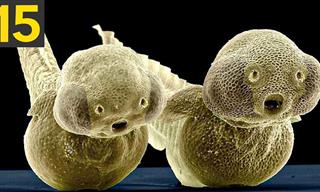 19:33
19:33
Thought Nature is Wild? See It Under a Microscope
You won't believe the things you could discover by looking at everyday items under a microscope.

Welcome to the Fastest Maze-Solving Competition Ever Made...
Welcome to Micromouse, a competition for the quick of eyes and the quick of minds. This is the oldest robotics race.
 16:55
16:55
Sleep Inventions: 16 Gadgets to Help You Doze Off
If you frequently struggle with sleep, then trying these amazing new sleep innovations could help change your life.

These Ancient Inventions Have Got Scientists Stumped!
Here are 12 items from long ago which prove that our ancestors possessed knowledge and skills far more advanced than we once believed them to be.
 9:05
9:05
A Tunnel Built by a Swarm of Robots - Jaw-Dropping!
Imagine a swarm of robots attacking a mountain and smashing it to pieces...
 13:55
13:55
WATCH: What Is the Fingerprint of God's Creation?
The golden pattern, describes the mathematical code of the universe. Is this the scientific evidence of God's will and plan?

TRIVIA: 25 Shocking Differences Between the Sexes
Did you know that there are some vast differences between the sexes? These 25 scientific facts will probably come as a big surprise to you, they did to me.
 10:01
10:01
9 UNBELIEVABLE Ice Science Tricks That'l Amaze You
Prepare to be amazed as ice takes center stage in these mind-boggling and unconventional science experiments.

These Are the Miracles That Happen in Our Bodies Every Day
There is a lot that happens inside our bodies every single day. Did you know any of these facts?

10 Classic Paradoxes fom Philosophy, Math, and Physics
in every sphere of human knowledge, we’re bound to run into inconsistencies. That’s how fascinating paradoxes like these are born.

6 Fascinating Stories of Accidental Medical Discoveries
From penicillin to pacemakers, here are the medical breakthroughs that were discovered by accident.

11 Technologies to Potentially Achieving Immortality
Scientists are hard at work developing technologies that could extend our lifespans and even make us immortal. Here are 11 of them.
 9:24
9:24
These Shoes Can Boost Your Walking Speed by 250%!
Robotic engineers have created shoes that, they claim, will increase your speed by 250%.
 4:51
4:51
The Oldest Medicines That Have Stood the Test of Time
Learn about some fascinating old medicine and general healing practices that have survived for thousands of years.
 13:55
13:55
The Disappearing Computer: Revolution on a Personal Scale
What happens when we lose the physical large computer all together? This lecture explains what ahead for computers.
 19:05
19:05
What’s it Like Using a 115-Inch TV?!
This colossal 115-Inch TV will transform your viewing experience forever.
 3:16
3:16
You Wouldn't Believe How Far Technology Has Come
Take a look at the advancements of technology in this video. Impressive.

14 of the Most Fascinating Specialized Tools You'll See
We bet you haven’t seen these unique tools before!

Wow! Who Knew That Jupiter Was So Mesmerizing?
Take a look at Jupiter like you've never seen it before!

Take an Incredible Tour of Our Colossal Milky Way Galaxy
Fly Through the Milky Way Galaxy!
 14:24
14:24
Are Underwater Turbines the Answer to Our Energy Question?
One of the most promising technologies in the renewable energy market is the ocean. Learn all about it.

26 Incredible Facts About the Human Mind
The human brain is an interesting and powerful organ, which is why we've gathered 26 interesting facts about exactly how human psychology works.

Amazing Science: THIS is the True Scale of Our Universe...
Get a sense of the true scale and shape of the universe we've discovered so far.
 7:00
7:00
How To Be Sure Your Dog Adores You
10 scientific ways to know if your dog loves you
 5:50
5:50
Scientists Finally Know Why We Love Cute Things
We find some things to be irresistibly cute. But why? Let’s find out.
 5:08
5:08
Erecting a Behemoth: Installation of an Offshore Oilrig
How do they install an offshore oilrig? This video will show you, step by step, how it is done.
 5:48
5:48
3 Surefire Ways to Always Identify Pseudoscience
Find out how you can identify pseudoscience, and learn how it differs from actual science.

I Bet You Didn't Have a Clue About These Human Body Facts!
The human body is the most complex machine known to mankind, but I bet you don't know these 10 amazing facts about it...
 11:39
11:39
Is There Any Way To Destroy or Deflect Asteroids?
Watch an interview with Cathy Plesko, a leading scientist working on preparing for the dangers of an asteroid attack

These Archaeological Finds Left the World Mystified
Find out more about the most mysterious discoveries that archaeologists made.

These Things All Say Something About Your Body Or Mind
There are many things that you can determine about your body and mind just by looking at yourself. Here are 10 things that your body says about you.
 30:04
30:04
50 Crazy But True Facts About Dreams You Need to Know
Here are some strange and unusual facts about dreams that will surprise you.

25 Feats of Engineering that Leave Everyone Amazed
The amount of planning and sheer brain power it took to design and execute these structures, proving once again that there are true geniuses out there.

5 Robotics Trends Anticipated in 2024
What does 2024 have in store for the field of robotics?

Incredible Science Breakthroughs That Made News in 2022
Let’s check out some of the most interesting scientific discoveries of 2022.
 26:45
26:45
Future Technology: Inventions That Will Change Our World
Check out a few amazing futuristic inventions that are about to become mainstream.
 1:44
1:44
The Accidental Discovery of the World’s First Antibiotic
Not too long ago, it was fairly common to die of the simplest of wounds due to bacterial infection. Penicillin changed everything.
 2:51
2:51
What is the Largest Organism on Earth?
You may think you know which animal is the largest on earth, but you may be mistaken...
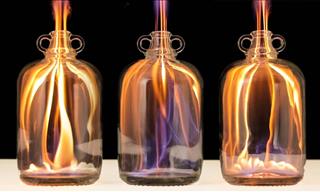 6:25
6:25
These Fire Tricks Will Wow You, But Don't Try Them!
These fire tricks are incredible to look at, but please don't try this at home...


